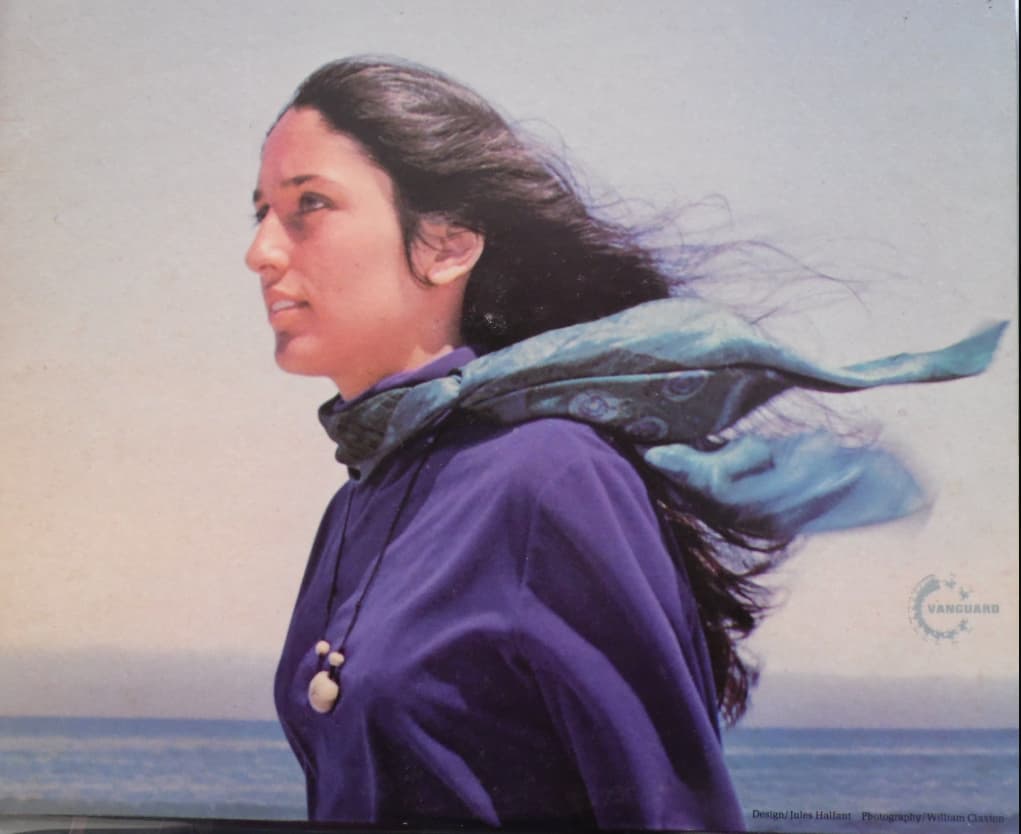
A Whispered Protest: The Gentle Rebellion of “Children and All That Jazz”
A poignant reflection on societal disillusionment and the fragile hope found in the innocence of youth, “Children and All That Jazz” by Joan Baez stands as a testament to her enduring commitment to social commentary through music. While not a chart-topping sensation in the traditional sense, failing to crack the Billboard Hot 100, its impact resonated deeply within the hearts of her devoted audience, particularly during the politically charged era it inhabited. This song, nestled within the 1972 album “Come from the Heart,” serves as a gentle yet firm reminder of the power of observation and the enduring struggle for peace and understanding.
The early 1970s was a period of profound disillusionment for many, a time when the idealism of the 1960s began to collide with the harsh realities of war, political unrest, and social strife. Joan Baez, a stalwart voice of the anti-war movement, found herself grappling with these complexities. “Children and All That Jazz” emerged from this tumultuous landscape, a quiet meditation on the world as it was, and the world as it could be. Baez, known for her crystalline soprano and her unwavering commitment to pacifism, had already established herself as a vital figure in the folk revival and the protest movement. This song, however, took on a more introspective tone, moving away from the direct protest anthems that had defined much of her earlier work.
The story behind the song is one of quiet contemplation. Baez, ever the observer, penned the lyrics as a reflection on the world around her. She saw the contradictions, the hypocrisy, and the pain, but she also saw the enduring hope that resided in the eyes of children. This song, in essence, is a conversation between the disillusionment of adulthood and the untainted optimism of youth. The “jazz” element, perhaps, alludes to the improvisational nature of life, the unpredictable twists and turns that shape our experiences. It’s a nod to the fluidity and uncertainty that Baez navigated with her art and her activism.
The meaning of “Children and All That Jazz” is deeply layered. It speaks to the burden of knowledge and the weight of experience, contrasting it with the inherent innocence of childhood. Baez sings with a weary wisdom, acknowledging the world’s flaws, yet she finds solace in the simple joys and unfiltered perspectives of children. The song is a plea for understanding, a call for a return to the basic principles of compassion and empathy. It’s a reminder that amidst the chaos and confusion, there is still beauty and hope to be found. The song’s title itself is a clever juxtaposition, contrasting the structured yet free-flowing nature of jazz with the uninhibited spirit of children. It suggests that life, like jazz, is an improvisation, a series of moments that we must navigate with grace and resilience.
For those of us who lived through those times, “Children and All That Jazz” evokes a sense of nostalgia tinged with melancholy. It reminds us of a time when the world seemed both more fragile and more hopeful. It speaks to the enduring power of music to capture the essence of a moment, to reflect the anxieties and aspirations of a generation. Joan Baez’s voice, always a beacon of clarity and sincerity, carries the weight of history, yet it also whispers a promise of a better future. The song, though not a commercial hit, remains a testament to her artistry and her unwavering commitment to using her voice for good. It’s a gentle reminder that even in the midst of turmoil, the simple truths of life—the innocence of children, the beauty of music, and the power of hope—endure.